Farmers, environment, and carbon markets to profit from more precise fertilizer management, study shows
Seminal study on nitrous oxide emissions from fertilizer in semi-arid, irrigated agriculture shows that reducing nitrogen fertilizer rates significantly cuts nitrous oxide emissions without reducing grain yield or quality.
Results are applicable to large-scale irrigated wheat cropping systems in China, India, Mexico, and Pakistan.
FOR IMMEDIATE RELEASE
EL BATAN, MEXICO – Farmers of irrigated wheat can increase profits and radically reduce greenhouse gas emissions by applying fertilizer in more precise dosages, according to a new study.
Published today in the journal Agriculture, Ecosystems and Environment, the study shows that farmers in the Yaqui Valley, a major breadbasket region in northwestern Mexico that covers over 1.5 times the area of the Mexico City, are applying significantly more nitrogen fertilizer than they need to maximize wheat yields.
Lower application of nitrogen fertilizer would cut the region’s yearly emissions of nitrous oxide, a potent greenhouse gas, by the equivalent of as much as 130,000 tons of carbon dioxide, equal to the emissions of 14 million gallons of gasoline, according to Neville Millar, a senior researcher at Michigan State University (MSU) and first author of the published paper.
“Our study is the first to isolate the effect of multiple nitrogen fertilizer rates on nitrous oxide emissions in wheat in the tropics or sub-tropics,” Millar said. “It shows that applying fertilizer to wheat at higher than optimal economic rates results in an exponential increase in nitrous oxide emissions.”
Yaqui Valley wheat farming conditions and practices are similar to those of huge wheat cropping expanses in China, India, and Pakistan, which together account for roughly half of worldwide nitrogen fertilizer use for wheat, according to study co-author Iván Ortíz-Monasterio, a wheat agronomist at the International Maize and Wheat Improvement Center (CIMMYT), whose Yaqui Valley experiment station was the site of the reported research.
“The recommendations are thus globally relevant and represent a potential triple win, in the form of reduced greenhouse gas emissions, higher income for farmers and continued high productivity for wheat cropping,” Ortíz-Monasterio said.
Measuring nitrous oxide after nitrogen fertilizer applications in spring durum wheat crops during two growing seasons, Millar and an international team of scientists found an exponential increase in emissions from plots fertilized at greater than economically-optimal rates—that is, when the extra nitrogen applied no longer boosts grain yield.
They also found that grain quality at the economically optimal N rates was not impacted and exceeded that required by local farmer associations for sale to the market. They examined five different nitrogen fertilizer dosages ranging from 0 to 280 kilograms per hectare.
“In our study, the highest dosage to get optimum wheat yields was 145 kilograms of nitrogen fertilizer per hectare in the 2014 crop,” said Millar. “Yaqui Valley farmers typically apply around 300 kilograms. The wheat crop takes up and uses only about a third of that nitrogen; the remainder may be lost to the atmosphere as gases, including nitrous oxide, and to groundwater as nitrate.”
Promoting profitable, climate-friendly fertilizer use
Farmers’ excessive use of fertilizer is driven largely by risk aversion and economic concerns, according to Ortíz-Monasterio. “Because crops in high-yielding years will require more nitrogen than in low-yielding years, farmers tend to be optimistic and fertilize for high-yielding years,” said Ortíz-Monasterio. “At the same time, since farmers don’t have data about available nitrogen in their fields, they tend to over-apply fertilizer because this is less costly than growing a crop that lacks the nitrogen to develop and yield near to full potential.”
Ortíz-Monasterio and his partners have been studying and promoting management practices to help farmers use fertilizer more efficiently and include available soil nitrogen and weather in their calculations. This technology, including Greenseeker, a handheld device that assesses plant nitrogen needs, was tested in a separate study for its ability to advise farmers on optimal rates of fertilizer use.
“Sensing devices similar to Greenseeker but mounted on drones are providing recommendations to Yaqui Valley farmers for wheat crops grown on more than 1,000 acres in 2017 and 2018,” Ortiz-Monasterio noted.
A result of the research partnership between CIMMYT and MSU’s W.K. Kellogg Biological Station (KBS) Long-Term Ecological Research program to reduce greenhouse gas impacts of intensive farming, the present study also aimed to generate new emission factors for Mexican grain crops that accurately reflect nitrous oxide emissions and emission reductions and can be used in global carbon markets, according to Millar.
“The emission calculations from our work can be incorporated by carbon market organizations into carbon market protocols, to help compensate farmers for reducing their fertilizer use,” he said.
“This study shows that low emissions nitrogen management is possible in tropical cereal crop systems and provides important guidance on the optimal levels for large cropping areas of the world,” said Lini Wollenberg, an expert in low-emissions agriculture for the CGIAR Research Program on Climate Change, Agriculture and Food Security (CCAFS), which helped fund the research. “With these improved emission factors, countries will be able to better plan and implement their commitments to reducing emissions.
To view the article
Millar, N., A. Urrea, K. Kahmark, I. Shcherbak, G. P. Robertson, and I. Ortiz-Monasterio. 2018. Nitrous oxide (N2O) flux responds exponentially to nitrogen fertilizer in irrigated wheat in the Yaqui Valley, Mexico. Agriculture, Ecosystems and Environment, https://doi.org/10.1016/j.agee.2018.04.003.
KBS LTER
Michigan State University’s Kellogg Biological Station Long-term Ecological Research (KBS LTER) Program studies the ecology of intensive field crop ecosystems as part of a national network of LTER sites established by the National Science Foundation. More information at http://lter.kbs.msu.edu
MSU AgBioResearch
MSU AgBioResearch engages in innovative, leading-edge research that combines scientific expertise with practical experience to help advance FOOD, ENERGY and the ENVIRONMENT. It encompasses the work of more than 300 scientists in seven MSU colleges — Agriculture and Natural Resources, Arts and Letters, Communication Arts and Sciences, Engineering, Natural Science, Social Science and Veterinary Medicine — and includes a network of 13 outlying research centers across Michigan.
CIMMYT
The International Maize and Wheat Improvement Center (CIMMYT) is the global leader in publicly-funded maize and wheat research and related farming systems. Headquartered near Mexico City, CIMMYT works with hundreds of partners throughout the developing world to sustainably increase the productivity of maize and wheat cropping systems, thus improving global food security and reducing poverty. CIMMYT is a member of the CGIAR System and leads the CGIAR Research Programs on Maize and Wheat and the Excellence in Breeding Platform. The Center receives support from national governments, foundations, development banks and other public and private agencies. For more information, visit staging.cimmyt.org.
CCAFS
The CGIAR Research Program on Climate Change, Agriculture and Food Security (CCAFS), led by the International Center for Tropical Agriculture (CIAT), brings together some of the world’s best researchers in agricultural science, development research, climate science and earth system science to identify and address the most important interactions, synergies and tradeoffs between climate change, agriculture and food security. CCAFS is carried out with support from CGIAR Fund Donors and through bilateral funding agreements. www.ccafs.cgiar.org
For more information or for interviews:
Holly Whetstone
Associate Director, ANR Communications & Marketing
Michigan State University
Tel: 517.884.3864
Email: whetst@msu.edu
Mike Listman
Communications officer, CGIAR Research Program on Wheat
International Maize and Wheat Improvement Center (CIMMYT)
Tel (office): +52 (55) 5804 7537
cel: +52 (1595) 114 9743
Email: m.listman@cgiar.org
skype: mikeltexcoco
Photo available for use with proper accreditation:
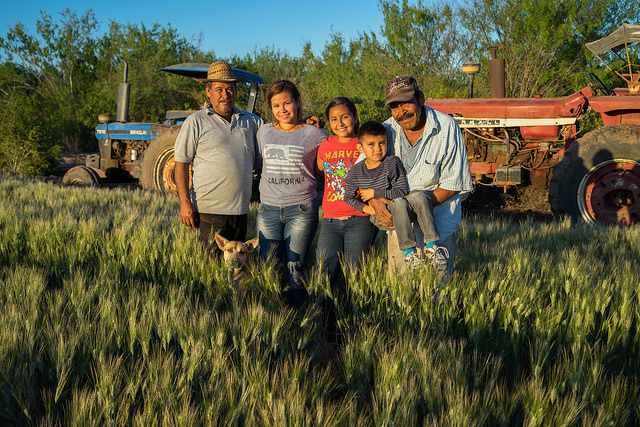
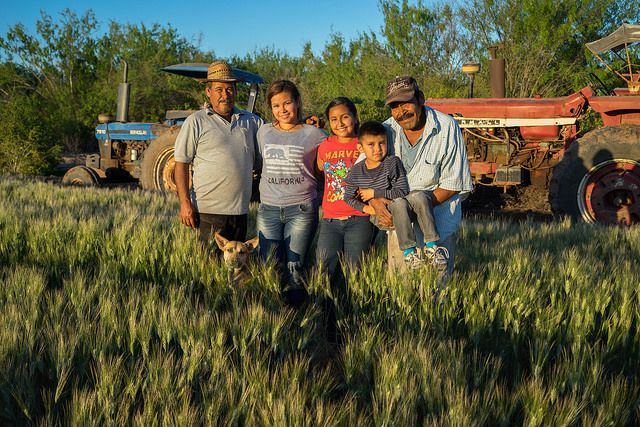
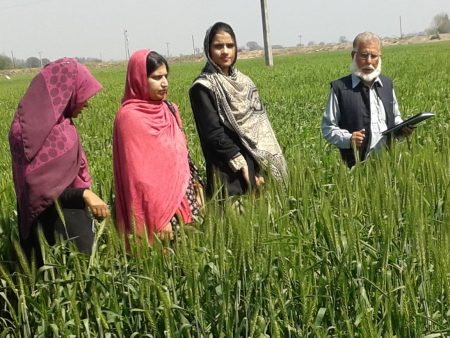


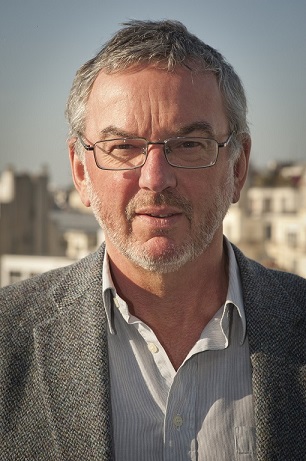

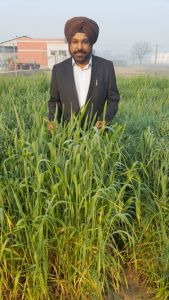
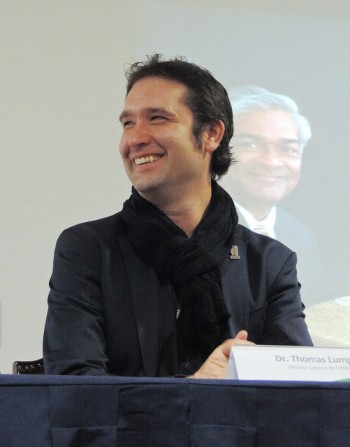
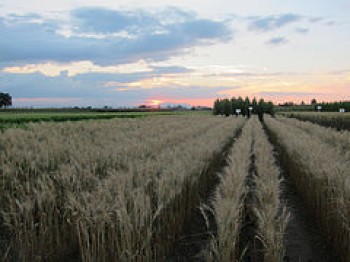 FOR IMMEDIATE RELEASE
FOR IMMEDIATE RELEASE